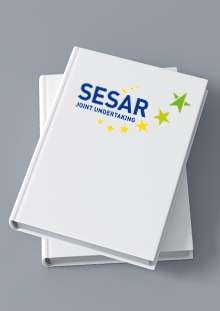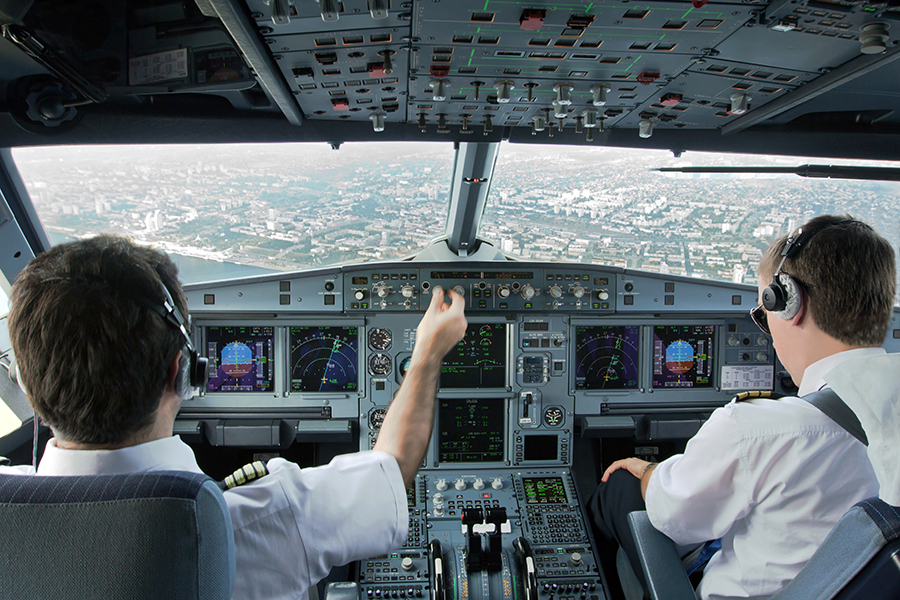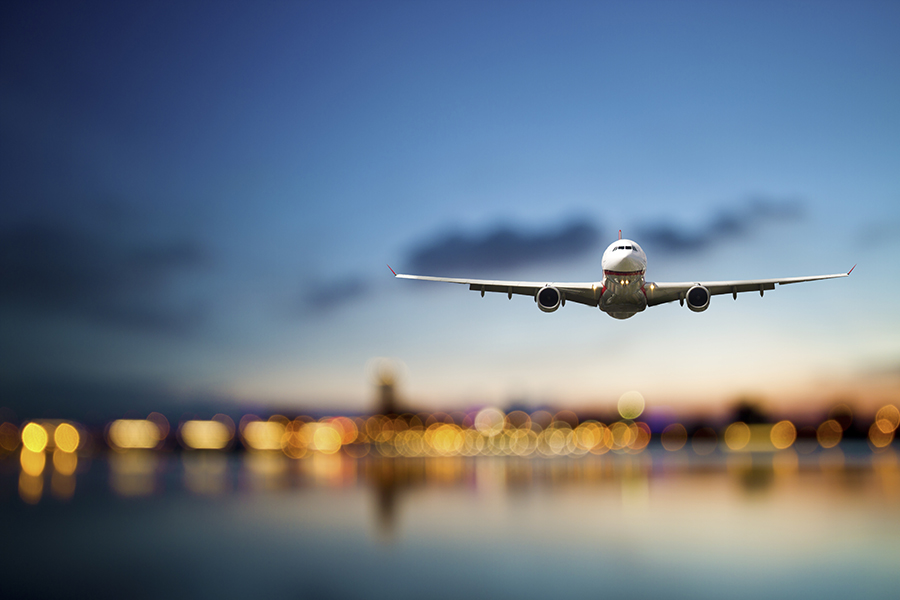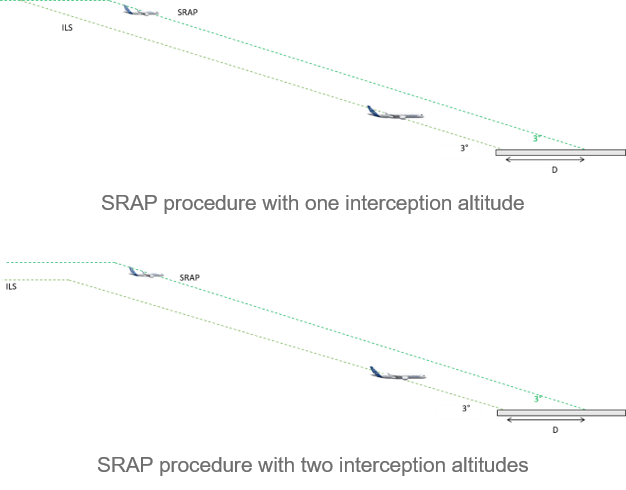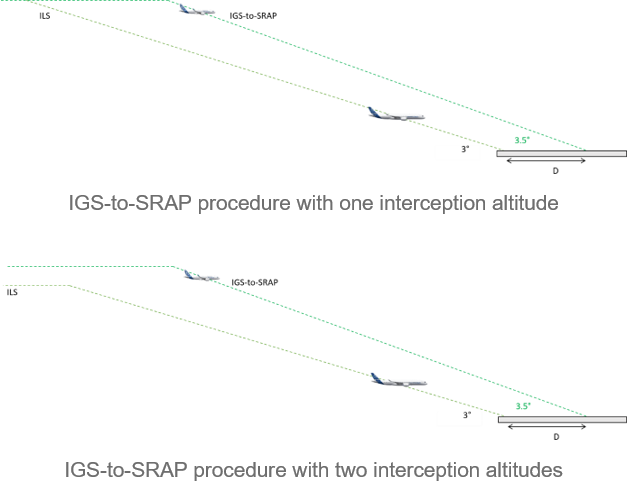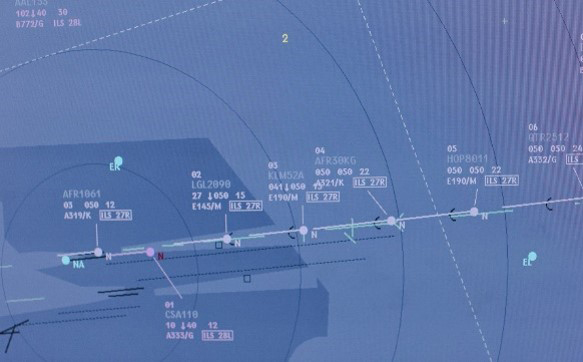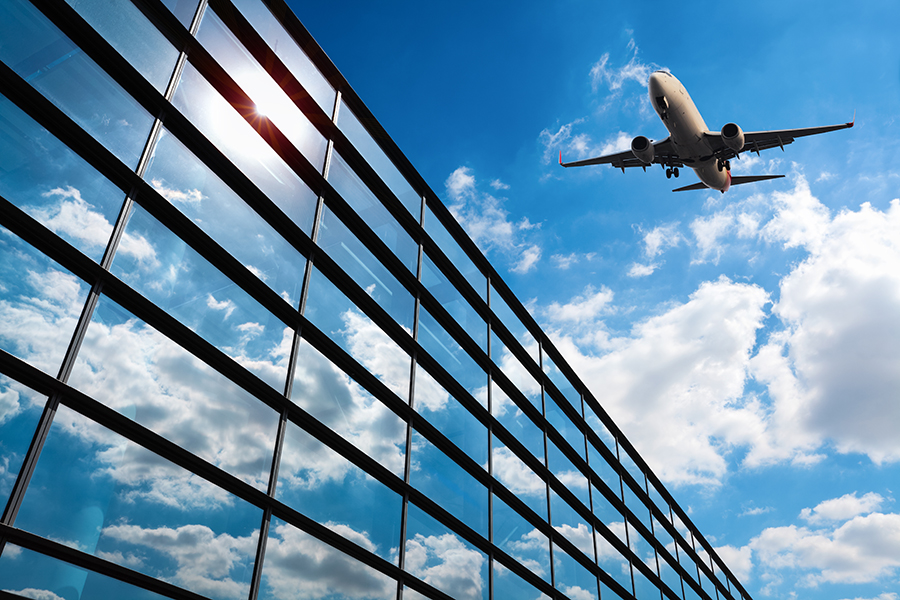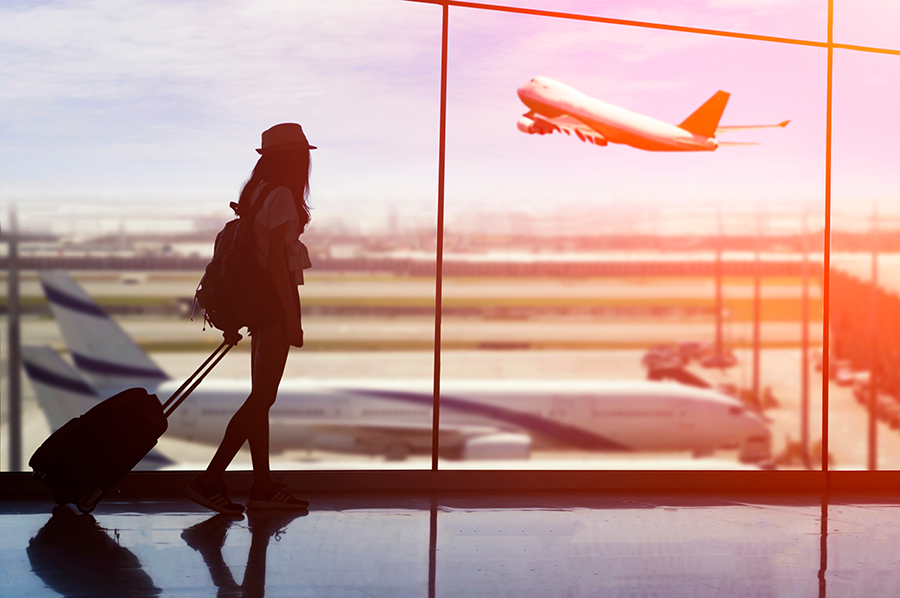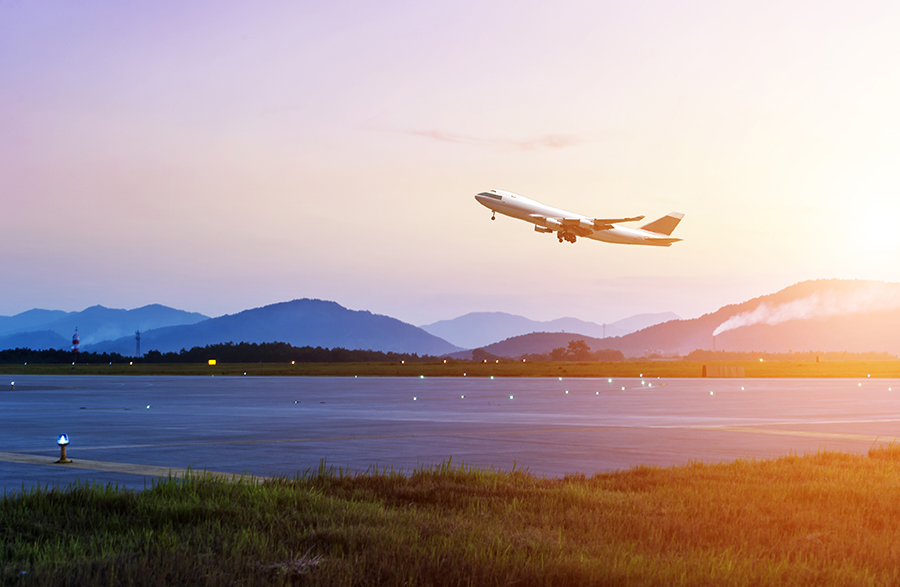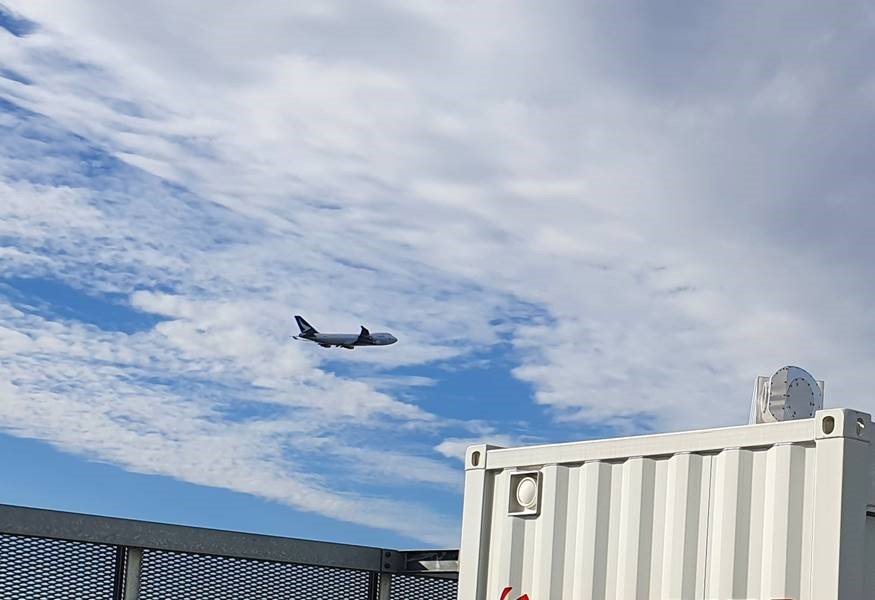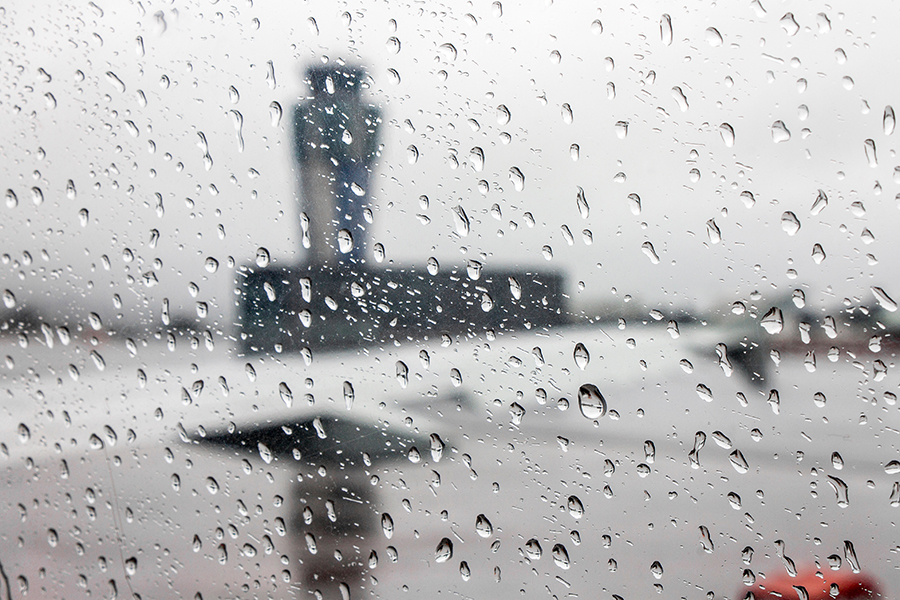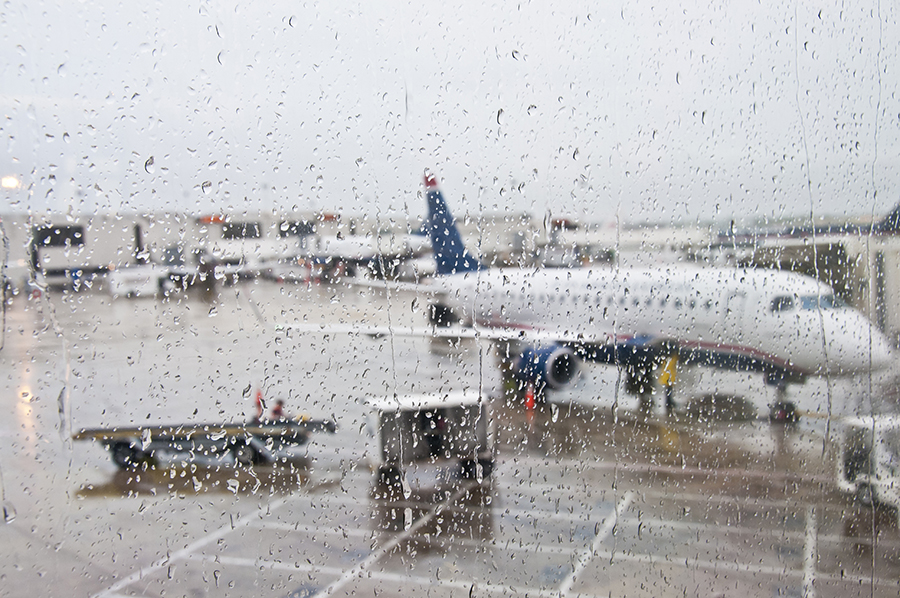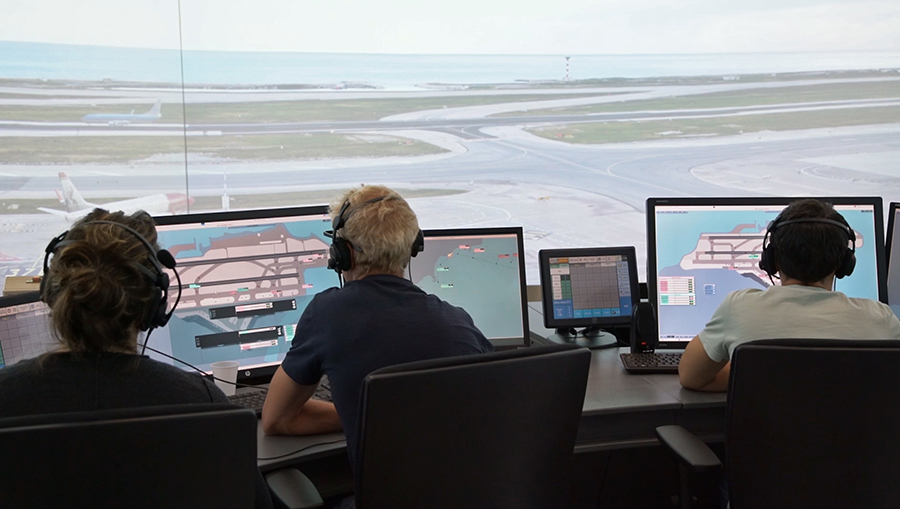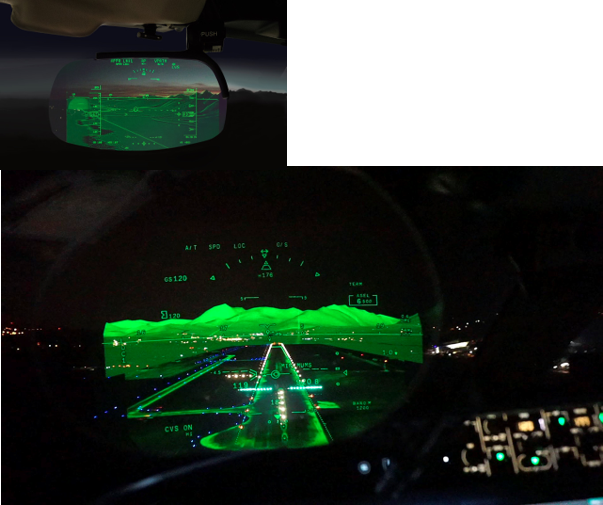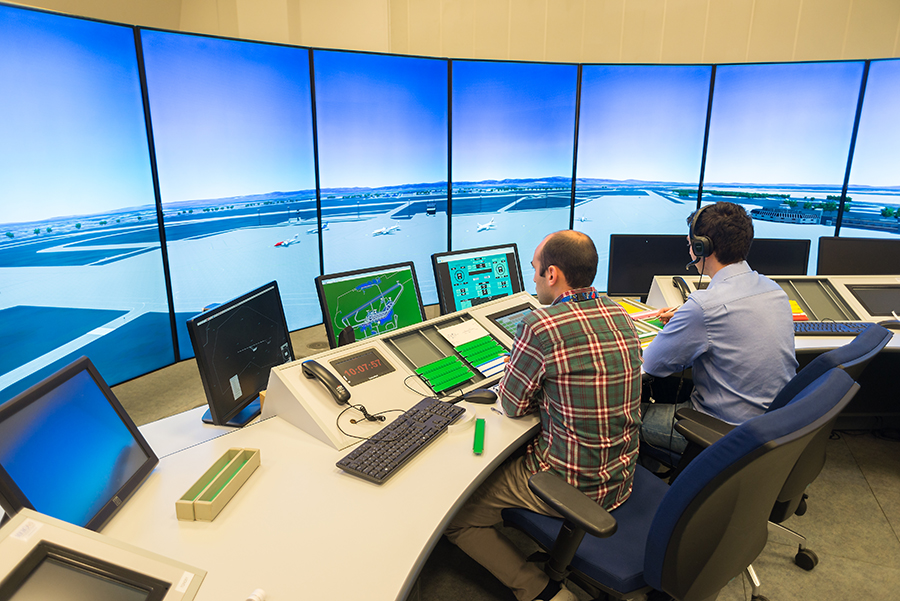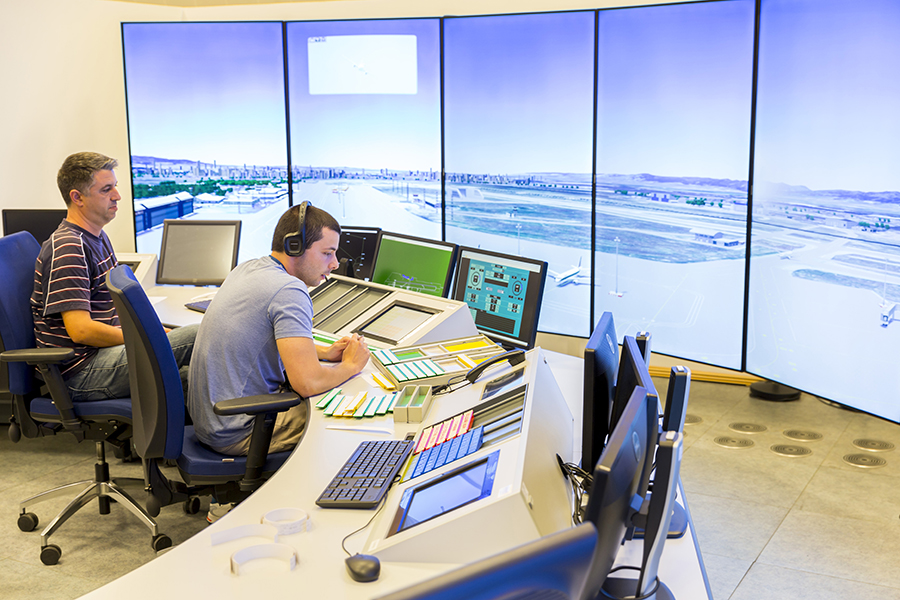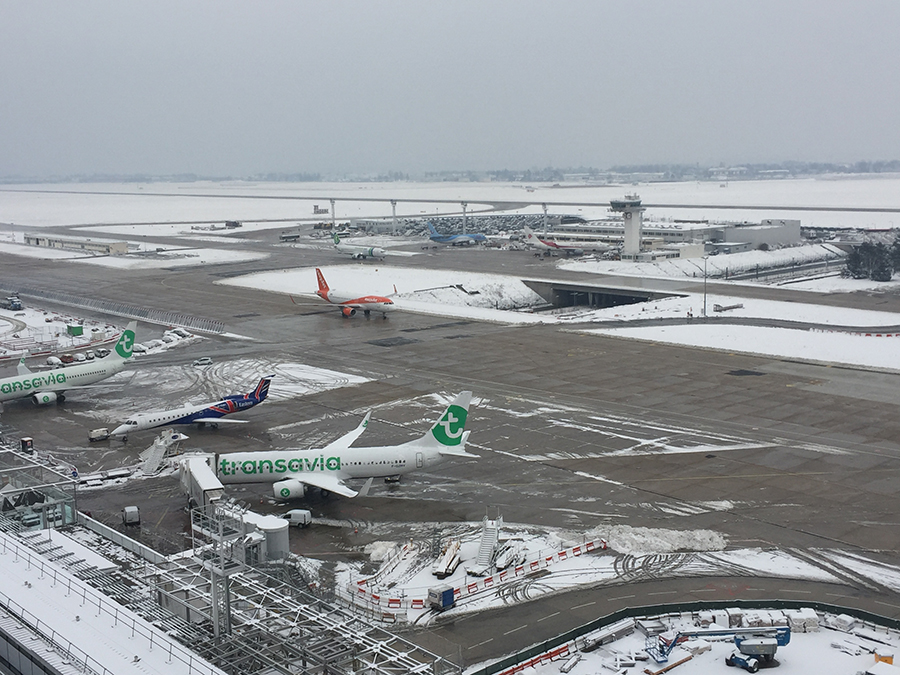In short
|
PROJECT ID
|
PJ.02 W2 AART |
|---|---|
|
PROJECT DURATION
|
2019-12-01 > 2022-12-31 |
|
PROJECT TYPE
|
Industrial research |
|
TOTAL COST
|
EUR 41 992 178,74 |
|
EU CONTR.
|
EUR 10 628 009,21 |
|
STATUS
|
Ongoing |
Objectives
PJ.02-W2, Airside, Airport and Runway Throughput (AART), aimed to improve the efficiency and resilience of arrival and departure operations at capacity-constrained airports and access to secondary airports by delivering operational and technical improvements to enhance infrastructure and increase traffic throughput whilst providing environmental benefits and preserving safety.
AART consisted of 32 solutions that are deployable independently. The solutions are categorised into five different work packages (WP) that address human, technical, procedural and performance aspects relating to proposed improvements:
- Advanced geometric GNSS based procedures in the TMA: enhancing TMA efficiency using more GNSS and advanced PBN curved for arrival and departure operations. This covers the development of new support tools for ATC and airspace design concepts that enable greater usage of CDO.
- Evolution of separation minima for increased runway throughput: refining separation minima as a function of the operational conditions. The most constraining minima (wake, runway occupancy,etc) to be applied will be determined and ATCO support tool further developed for better separations delivery including separation delegation to the flight crew.
- Improved access to secondary airports: enhancing availability and accessibility of airports with limited infrastructure in low visibility conditions. Alternative ground surveillance increases runway safety and includes both ATC and A-FIS requirements as a more cost-efficient and flexible ATS provision. From an airborne perspective, enhanced flight vision system and synthetic vision guidance system, combined vision system and LPV-100 capability enables approach and landing.
- Digital evolution of integrated surface management: extending the A-SMGCS routing functions improve tactical conflict management in the taxi phase. Optimised routing and planning delivers more accurate taxi times, improve predictability, minimise delays and controller workload. Automation, A-CDM and datalink further support conflict management.
- Safety support tools for avoiding runway excursions: detecting, preventing and alerting risks of runway excursions by synchronising air-ground information exchange about runway surface condition.
Related solutions
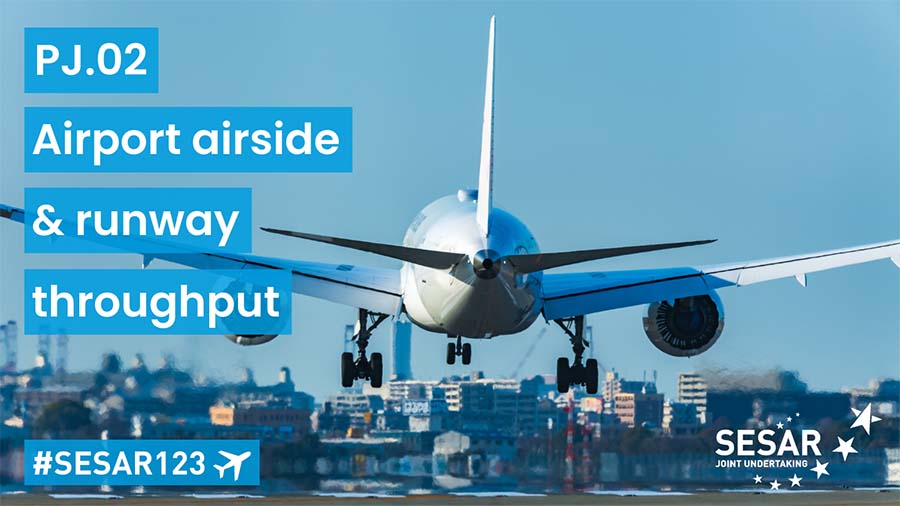
This project has received funding from the SESAR Joint Undertaking under the European Union's Horizon 2020 research and innovation programme under grant agreement No 874477










